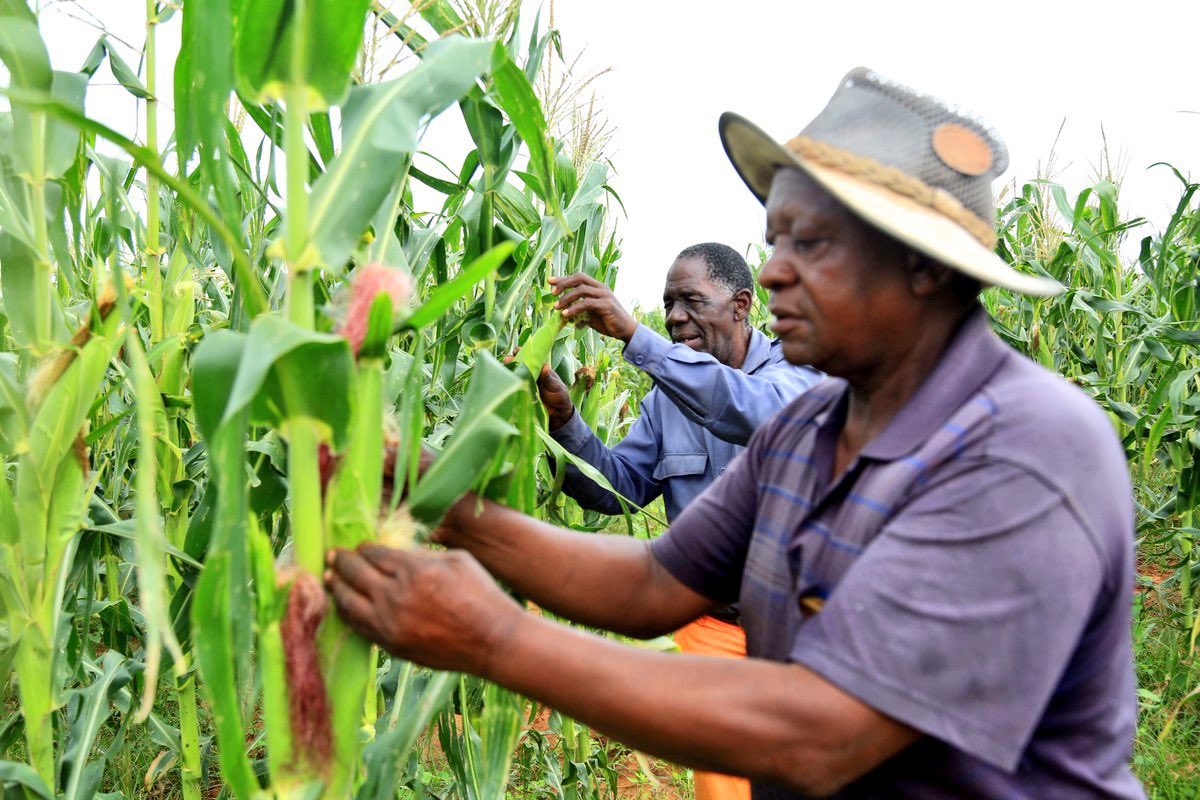By Byron Mutingwende
Agriculture has the potential to create employment opportunities for young men and women, a senior government official has said.
Dr Desire Sibanda, the Permanent Secretary in the Ministry of Youth Development, Empowerment and Indigenisation of Zimbabwe hinted that trajectory in his keynote address at the SP3 Capacity Development Workshop on Decent Jobs for Rural Youth in Southern Africa that was held in Harare on 24 October 2017.
Sibanda said Africa will be home to 38 of the 40 youngest countries by 2050, with a median population under 25 years old. This huge bulge can be a huge asset, and offer an opportunity to mobilise this human capacity depository towards economic and social transformation. Countries with growing working age populations can potentially benefit from increases in productivity through higher savings and investment and overall economic growth.
“The 2014 Malabo Declaration includes specific targets on youth engagement in agriculture the creation of jobs in the agriculture value chains and the support and facilitation of preferential entry and participation for women and youths in gainful and attractive agribusiness opportunities. This policy initiative recognises the importance of the agriculture sector as key to the economic development of Africa as most nations are predominantly agricultural economies with a huge pool of young people,” Sibanda said.
According to statistics, 40 per cent of Zimbabweans are under the age of 24 years. Sibanda bemoaned the fact that the challenges facing Zimbabwe disproportionately affect young people yet the potential of these 4, 8 million young people, individually and as a group, is astonishing.
Increased youth livelihoods can drive economic growth, fighting unemployment and reducing the number of young people migrating to other countries in search of work. Current efforts on the continent to “harness the demographic dividend” dovetail with efforts to achieve the Sustainable Development Goals and the African Union Agenda 2063. At the regional level, there is the implementation of the SADC Regional Indicative Strategic Development Plan.
The National Youth Policy seeks to ensure that young people participate fully in all sectors. The importance of the agriculture sector is an essential element in the strategy for poverty eradication and economic integration. The policy identifies the importance of training youths in agricultural production using contemporary systems and modern information and communications technology to gain access to existing and new markets, paying special attention to young women and people with disabilities.
It also alludes to the need to provide land mining rights to youths and youth organisations to encourage socio-economic development. The other objective is to facilitate access to credit to promote youth participation in agricultural projects and emphasises the centrality of education and skills development programmes geared towards wealth creation, socio-economic integration and empowerment. The policy also seeks to attract young people to rural areas by improving infrastructure and access to services.
Section 20 of the Constitution of Zimbabwe and Section 5.2 and 5.12 of the National Youth Policy provides for youth coordination and mainstreaming to ensure that youth development and empowerment issues are an integral dimension in the design, implementation and evaluation of all government programmes at all levels.
In his address at the same occasion, David Phiri, the Food and Agriculture Organisation (FAO) Sub-regional Coordinator for Southern Africa expressed concern over the increase of unemployment among the youths.
“Africa has the youngest population in the world. There were 226 million people aged between 15 and 24 years in 2015, about 19 per cent of the global total, and this figure is expected to double by 2045. Despite youths becoming better educated over time, youth unemployment has become a major albatross in several countries – not just in southern Africa but in the whole of the continent. We may recall that it fuelled the Arab Spring that countries in North Africa are yet to recover from.
“Due to the lack of attractive employment opportunities, services and facilities in rural areas, youths are increasingly migrating to urban areas and abroad, adding to the emerging international migration crisis or often ending up in urban peripheries characterized by the proliferation of slums. Majority of youths do not want to work in the core agriculture sector because they consider agriculture as not sexy enough. Luckily, all that is changing, as many of you in this room would attest to, but we need to scale up success stories,” Phiri said.
He added that Southern Africa has some of the highest rates of youth unemployment in Africa. It is estimated that about 51 per cent of young women and 43 per cent of young men are unemployed.
“Apart from the very high jobless rate, a major disturbing trend is that more young people have given up looking for work. Between 2008 and 2015, the number of youths who have become discouraged increased by 8 per cent. Not surprisingly, the SADC’s Regional Indicative Strategic Development Plan includes an objective to combat the high levels of unemployment and underemployment, especially among women and youth.”
